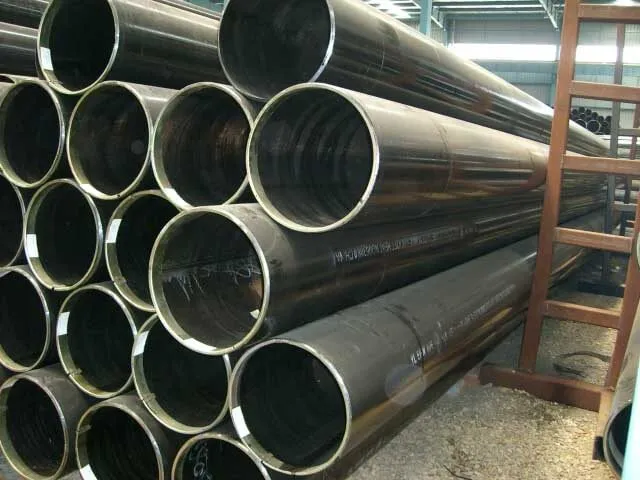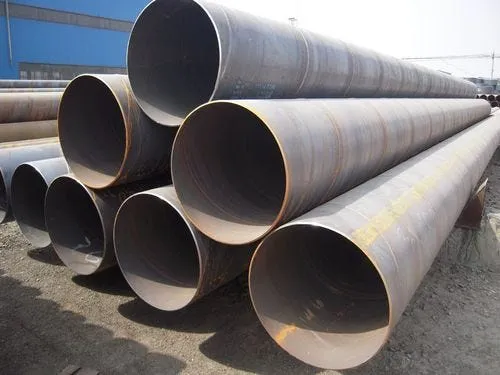-
Cangzhou Yulong Steel Co., Ltd.
-
Phone:
+86 13303177267 -
Email:
admin@ylsteelfittings.com
- English
- Arabic
- Italian
- Spanish
- Portuguese
- German
- kazakh
- Persian
- Greek
- French
- Russian
- Polish
- Thai
- Indonesian
- Vietnamese
- Zulu
- Korean
- Uzbek
- Hindi
- Serbian
- Malay
- Ukrainian
- Gujarati
- Haitian Creole
- hausa
- hawaiian
- Hebrew
- Miao
- Hungarian
- Icelandic
- igbo
- irish
- Japanese
- Javanese
- Kannada
- Khmer
- Rwandese
- Afrikaans
- Albanian
- Amharic
- Armenian
- Azerbaijani
- Basque
- Belarusian
- Bengali
- Bosnian
- Bulgarian
- Catalan
- Cebuano
- China
- China (Taiwan)
- Corsican
- Croatian
- Czech
- Danish
- Esperanto
- Estonian
- Finnish
- Frisian
- Galician
- Georgian
- Kurdish
- Kyrgyz
- Lao
- Latin
- Latvian
- Lithuanian
- Luxembourgish
- Macedonian
- Malgashi
- Malayalam
- Maltese
- Maori
- Marathi
- Mongolian
- Myanmar
- Nepali
- Norwegian
- Norwegian
- Occitan
- Pashto
- Dutch
- Punjabi
- Romanian
- Samoan
- Scottish Gaelic
- Sesotho
- Shona
- Sindhi
- Sinhala
- Slovak
- Slovenian
- Somali
- Sundanese
- Swahili
- Swedish
- Tagalog
- Tajik
- Tamil
- Tatar
- Telugu
- Turkish
- Turkmen
- Urdu
- Uighur
- Welsh
- Bantu
- Yiddish
- Yoruba

Jan . 10, 2025 16:01 Back to list
The Role of Welded Pipes in Oil and Gas Pipelines
Welded pipes play a crucial role in the oil and gas industry, where they are widely used for the transportation of hydrocarbons, natural gas, and other fluids. The unique characteristics of welded pipes, including their strength, cost-effectiveness, and flexibility, make them an ideal choice for large-scale pipeline projects. From offshore drilling rigs to long-distance onshore pipelines, welded pipes are central to the infrastructure that drives the global energy sector. This article explores the importance of welded pipes in oil and gas pipelines, focusing on their benefits, applications, and the technical considerations that make them a vital component of pipeline construction.

Cost-Efficiency and Scalability in Pipeline Projects About Welded Pipes
One of the primary reasons for the widespread use of pipe for welding in oil and gas pipelines is their cost-effectiveness. The manufacturing process for welded pipes is less expensive compared to seamless pipes, making them an attractive option for projects with substantial material requirements.
Welded pipes are produced by forming flat metal sheets or coils into cylindrical shapes and welding the seam together. This method allows for quicker and more economical production, particularly when large quantities of pipe are needed for extensive pipeline networks. In the oil and gas industry, where pipeline projects can stretch across vast distances and require millions of feet of piping, the ability to manufacture welded pipes in bulk at a lower cost is essential.
Additionally, welded pipes can be produced in various sizes and lengths to suit the specific demands of the project. Whether for small-diameter pipelines or large, high-pressure systems, welded pipes offer scalability and flexibility, which makes them a preferred choice in pipeline construction.
Strength and Durability in Harsh Environments About Welded Pipes
Oil and gas pipelines are often subjected to extreme environmental conditions, including high pressures, temperature variations, and exposure to corrosive substances. Welded pipes are designed to withstand these demanding environments, making them a reliable solution for transporting fluids over long distances.
Modern welding techniques, such as high-frequency induction welding (HF) and submerged arc welding (SAW), produce strong and durable weld seams that are capable of handling the high stresses encountered in oil and gas pipeline systems. These advanced welding methods ensure that the welded seam is just as strong, if not stronger, than the surrounding pipe material, allowing welded pipes to maintain their integrity under extreme pressure and fluctuating temperatures.
Moreover, pipe to pipe weld are often made from materials such as carbon steel, stainless steel, or alloy steel, which offer excellent corrosion resistance and are capable of withstanding the harsh conditions of both onshore and offshore oil and gas environments. The ability to tailor the material composition during the manufacturing process ensures that welded pipes meet the specific demands of different pipeline applications, whether they are buried underground, submerged underwater, or exposed to extreme weather conditions.

Flexibility in Design and Construction About Welded Pipes
Another key advantage of welded pipes in oil and gas pipelines is their versatility in design and construction. Since welded pipes are made by joining flat metal plates or coils, they can be easily customized in terms of material thickness, diameter, and length to meet the unique specifications of each pipeline project.
For instance, pipelines used in the oil and gas industry often require pipes with varying diameters to accommodate different flow rates, pressures, and pipeline routes. Welded pipes are ideal for this purpose because they can be manufactured in custom sizes to fit specific project needs. Additionally, welded pipes can be produced with specialized coatings and linings to further enhance their resistance to corrosion and wear, especially in corrosive environments like offshore oil rigs or pipelines carrying sour gas.
This flexibility in design and construction makes welded pipes suitable for both large-scale transmission pipelines and smaller, localized pipelines that are part of the overall infrastructure. Whether transporting crude oil, natural gas, or refined products, welded pipes provide the adaptability required for the complex demands of the oil and gas industry.
Safety Considerations and Quality Control About Welded Pipes
In the oil and gas sector, pipeline safety is paramount. Any failure in the pipeline, whether due to welding defects, corrosion, or mechanical failure, can have catastrophic consequences, including environmental damage and loss of life. Therefore, ensuring the quality of welded pipes and the integrity of weld seams is a critical consideration in pipeline construction.
Welded pipes undergo rigorous quality control processes to ensure they meet industry standards. These processes include visual inspections, ultrasonic testing, X-ray testing, and hydrostatic pressure tests to detect any potential weaknesses or defects in the weld seam. The use of advanced non-destructive testing (NDT) methods ensures that welded pipes meet the stringent safety requirements set by regulatory bodies and industry standards, such as ASME (American Society of Mechanical Engineers) and API (American Petroleum Institute).
The reliability of welded pipes is further enhanced by using modern welding techniques that result in high-quality, defect-free seams. Advanced welding technology allows for precise control over the welding parameters, ensuring consistent strength and durability throughout the length of the pipe. This commitment to quality control ensures that the welded pipes used in oil and gas pipelines are safe and reliable, minimizing the risk of leaks or failures during operation.
Environmental Considerations and Sustainability of Welded Pipes
As the oil and gas industry faces increasing pressure to adopt sustainable practices, the environmental impact of pipeline construction and operation is a growing concern. Welded pipes offer several advantages in this regard, particularly in their ability to be made from recyclable materials, such as recycled steel.
Moreover, the production of welded pipes requires less energy compared to seamless pipes, making them a more environmentally friendly option for large-scale pipeline projects. The ability to recycle materials and minimize waste in the production process contributes to reducing the overall environmental footprint of pipeline construction.
In addition, welded pipes can be coated with corrosion-resistant materials such as epoxy or polyethylene, which helps extend the lifespan of pipelines and reduce maintenance requirements. By improving the durability and longevity of oil and gas pipelines, welded pipes help mitigate the need for frequent repairs or replacements, thus reducing the overall environmental impact of pipeline infrastructure.
Latest news
-
ANSI 150P SS304 SO FLANGE
NewsFeb.14,2025
-
ASTM A333GR6 STEEL PIPE
NewsJan.20,2025
-
ANSI B16.5 WELDING NECK FLANGE
NewsJan.15,2026
-
ANSI B16.5 SLIP-ON FLANGE
NewsApr.19,2024
-
SABS 1123 FLANGE
NewsJan.15,2025
-
DIN86044 PLATE FLANGE
NewsApr.19,2024
-
DIN2527 BLIND FLANGE
NewsApr.12,2024
-
JIS B2311 Butt-Welding Fittings LR/SR 45°/90° /180°Seamless/Weld
NewsApr.23,2024











